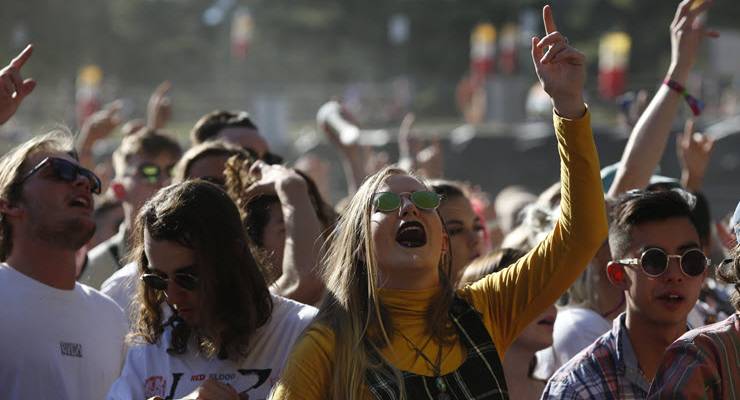
Among the ideas that have sprung forth about ways Australia can rebuild post-coronavirus, there is a crucial perspective missing: how do young people, with the bleak future that confronts us, want our future to look?
Among my friends, all in our mid-20s, a similar question is being flung around our group chats. Friends who’ve lost their jobs and those who will soon be a graduate of the dreaded year 2020 are asking, “How can we have a say in what is next?”.
Beyond pushing our suggestions into the ether of our similarly-aged social media followings, the collective response has been “not much”.
But amid dire warnings that young people should prepare ourselves for an economic calamity that will shape and define our generation, it seems only right we reflect on ways to let us have a say in how our future looks.
The first idea would be for the government to re-fund a dedicated national youth peak body.
In 2013, the Abbott government axed the youth ministerial portfolio, and funding to the youth peak bodies that were once credited with giving youth perspectives a platform in national policymaking.
Australian Youth Affairs Coalition chairperson Katie Acheson said cutting this funding single-handedly erased “three decades of government investment in young people”.
The gig of youth minister has since been restored to Senator Richard Colbeck (who is in his 60s, mind you). But there is still no dedicated national youth peak body to help target packages like the $1.1 billion healthcare package partially dedicated to help youth mental health.
The toll of this can be seen in the figures. Last year, a survey run by ABC’s triple j found that 85% of respondents aged 18 to 29 believed politicians were not working in the best interest of young people.
Reinstating this platform would not be a silver bullet. A culture change is needed among government before they would listen.
We can see this need in the Prime Minister’s response to the youth climate strikes, telling youth they are too inexperienced to understand “how good they’ve got it” and to participate in “less activism.”
But there is a power in listening to young rabble-rousers.
In forcing young people to amplify their voices between the cracks of rigid institutions, they speak with what one of my friends calls ‘courageous naivety’; questioning why systems were built a certain way, and offering creative ways to change this.
In giving young people the tools to have a say in how their future looks, there is a role for the media to play too.
Among the closure of 150 newsrooms since the pandemic took flight, there is a particular cruelty in also seeing the closure of BuzzFeed News’ Australian newsroom, which, as Crikey has reported, is likely to increase the generational deserts that youth journalism has succumbed to.
This closure will add to complaints that young people are not media literate. But the thread holding our attention is very thin, with the likes of Murdoch columnists finger-wagging at young people and whipping up intergenerational disquiet.
What is needed is the empowering of young journalists to tell stories in a way that connects with young people.
Michael West Media’s direction during this crisis is an example of how this could be done, with a series of young people writing about the government policies and historical circumstances that rendered them less fortunate than their elders.
While youth journalism has platforms including triple j, SBS’ The Feed, and Junkee, it’s important to also have these ideas represented in mainstream media so different generational takes on issues are not siloed but represented side by side. This will create better conversations.
Asking and listening to how young people want their future to look would give some expected answers like taking action on the climate crisis, reassessing the government’s tired recipe of economic management that privileges corporate interests and fuels intergenerational inequity, regulating university fees again and increasing the threshold for paying back HECS debts.
But there might also be some simple answers that are less obvious to older generations and people in power.
There is a whole untapped resource of young people out there waiting to be asked how they want their future to look.
How could young people have a say in what the future will look like? Let us know your thoughts by writing to letters@crikey.com.au. Please include your full name to be considered for publication in Crikey’s Your Say column.









anyone written an analysis response for this
i have to do the same
Interesting definition of yoof – “in our mid20s”.
Leaving aside the fractured grammar – hint, commas are, not meant to, be randomly, distributed – what on Earth does “…the generational deserts that youth journalism has succumbed to. “?
Never mind “..young people are not media literate..” – just literate and able to write coherently, sans cliches and mangled metaphors would be nice.
If the writer paid this sponsor for a “journalism & ideas” (!!) education she should sue for a refund.
What a pompous, condescending and inaccurate comment. I enjoyed the article and encourage crikey to provide more of this.